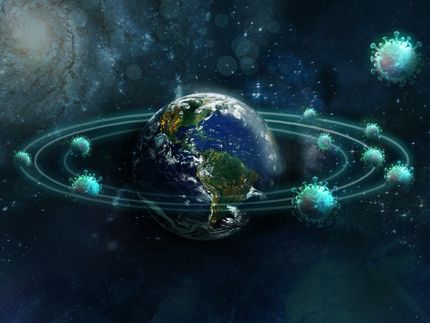First direct measurements of trace pollutants in fresh vegetables using laser plasma spectroscopy
A high-resolution, time-resolved spectroscopy system has helped researchers make the first quantitative measurements of trace elements in fresh vegetables using a technique based on the detection of optical emission from a laser-induced plasma.
Laser-induced breakdown spectroscopy (LIBS) is a sensitive, reliable and well-established technique for detecting trace elements. This study is the first to use LIBS to measure potentially harmful trace element concentrations directly in fresh vegetables, rather than just detecting the presence or absence of these elements.
It represents the first step towards a new, faster and more sensitive tool for measuring trace pollutants in fresh vegetables intended for public consumption, and by extension studying the link between soil pollution and food impurities. No sample preparation was needed for the analysis; the laser plasma was induced on a potato skin, which opens up the possibility of field applications of the technique.
The researchers, led by Professor Jin Yu from the University of Lyon, France, used a time-resolved spectroscopy system composed of Andor iStar ICCD and Mechelle spectrometer to observe the emission spectrum of a transient plasma – with a lifetime in the order of the microseconds - generated by focusing a laser pulse at a potato skin. The camera was used to record emissions within a fixed time window with a precision of tens of nanoseconds. A suitably time-resolved detection enabled the determination of the electron density, the plasma temperatures and, from these, the trace element concentrations.
“There are several metals that are harmful or beneficial to your health. One example is copper, which is toxic if you absorb too much of it. You can prevent vegetables grown in environments with too much copper reaching the food chain, and clean up those places, if you have a sensitive and reliable detection technique,” added Dr. Matthieu Baudelet, a member of Professor Yu’s team now at the University of Central Florida. “LIBS is a good technique for this kind of analysis because the hot plasma can excite every element in a vegetable – even if it’s present at low concentrations.”
Other news from the department science
Most read news
More news from our other portals
See the theme worlds for related content
Topic World Spectroscopy
Investigation with spectroscopy gives us unique insights into the composition and structure of materials. From UV-Vis spectroscopy to infrared and Raman spectroscopy to fluorescence and atomic absorption spectroscopy, spectroscopy offers us a wide range of analytical techniques to precisely characterize substances. Immerse yourself in the fascinating world of spectroscopy!

Topic World Spectroscopy
Investigation with spectroscopy gives us unique insights into the composition and structure of materials. From UV-Vis spectroscopy to infrared and Raman spectroscopy to fluorescence and atomic absorption spectroscopy, spectroscopy offers us a wide range of analytical techniques to precisely characterize substances. Immerse yourself in the fascinating world of spectroscopy!




























































